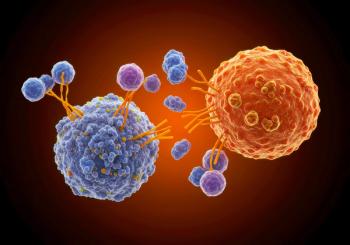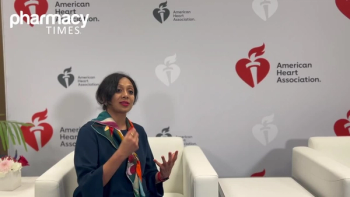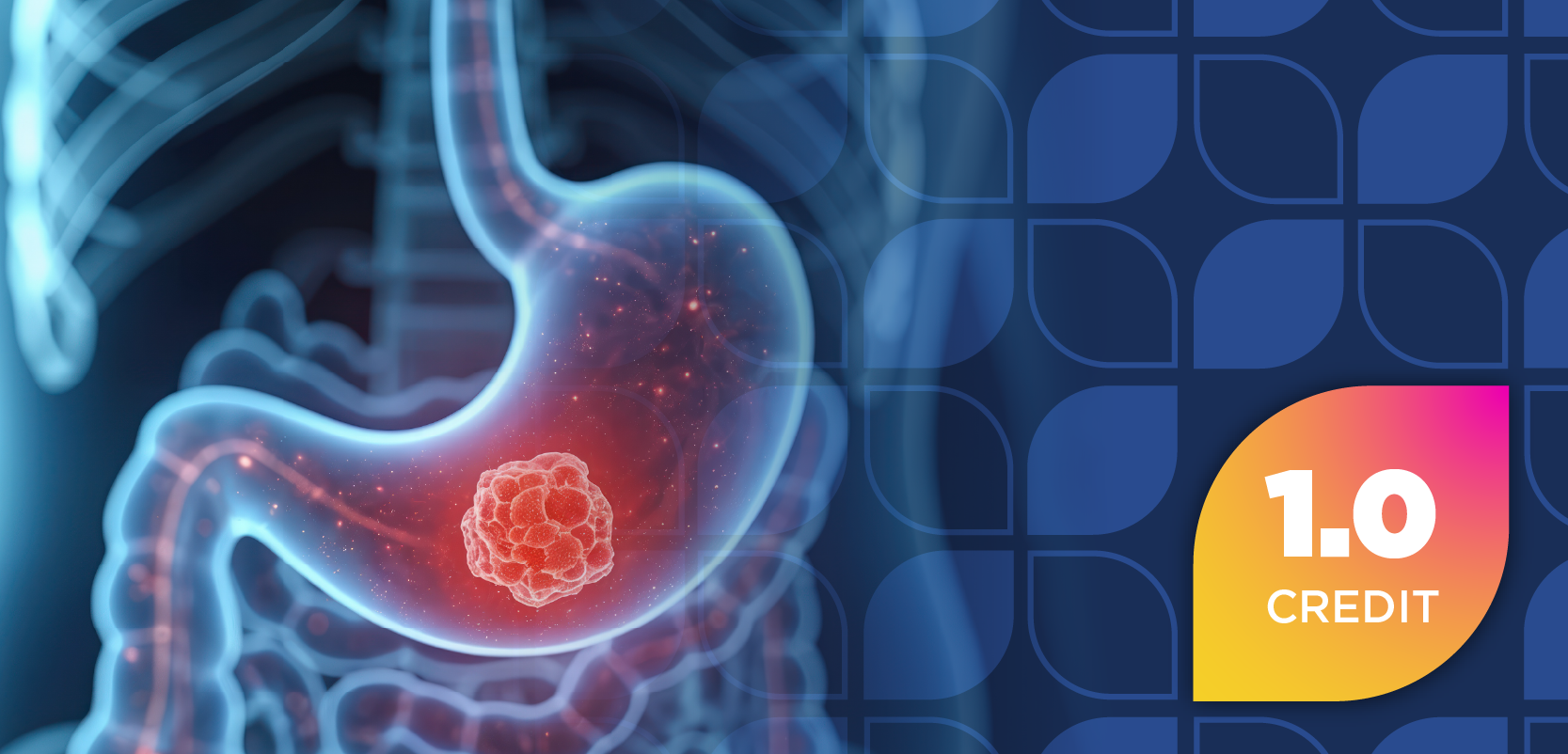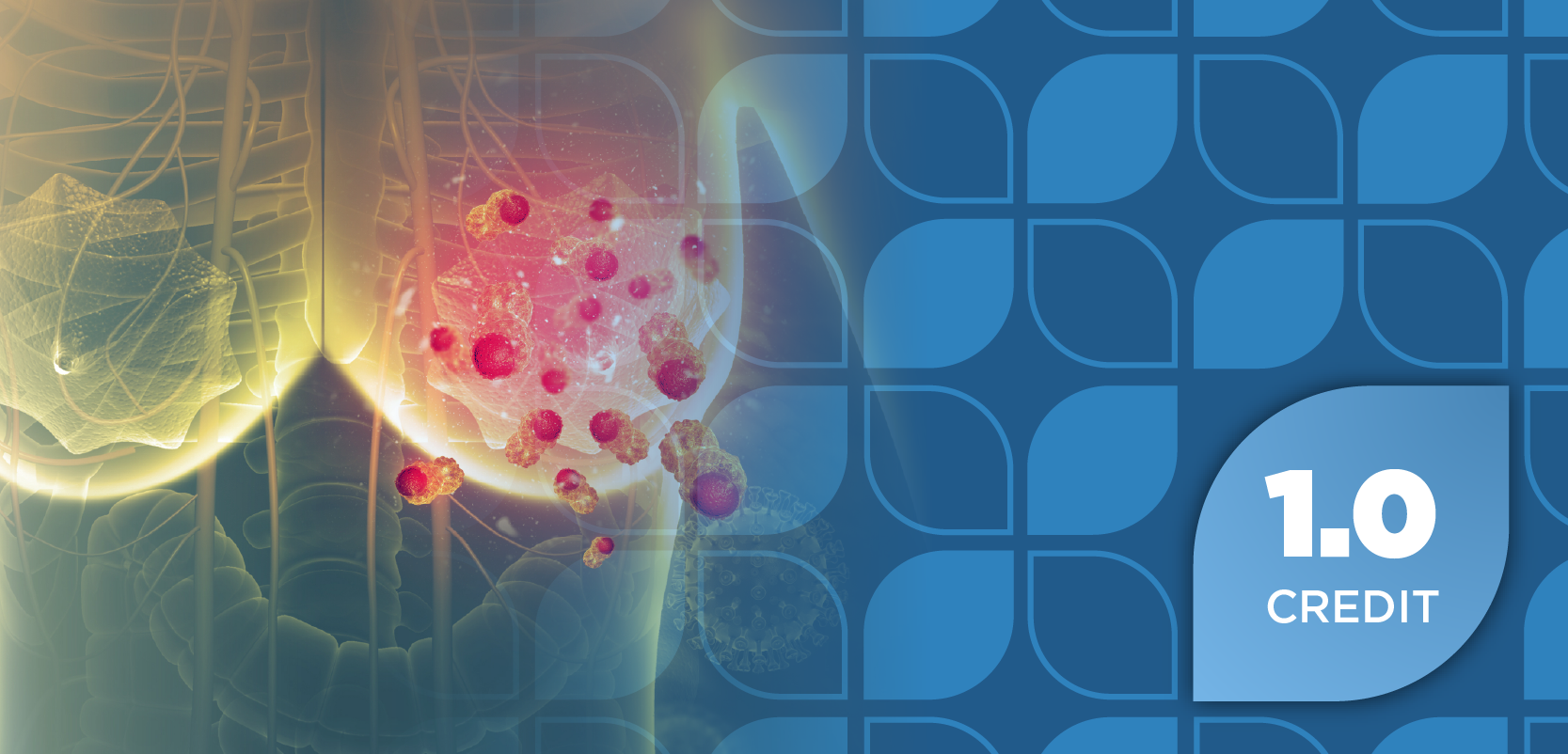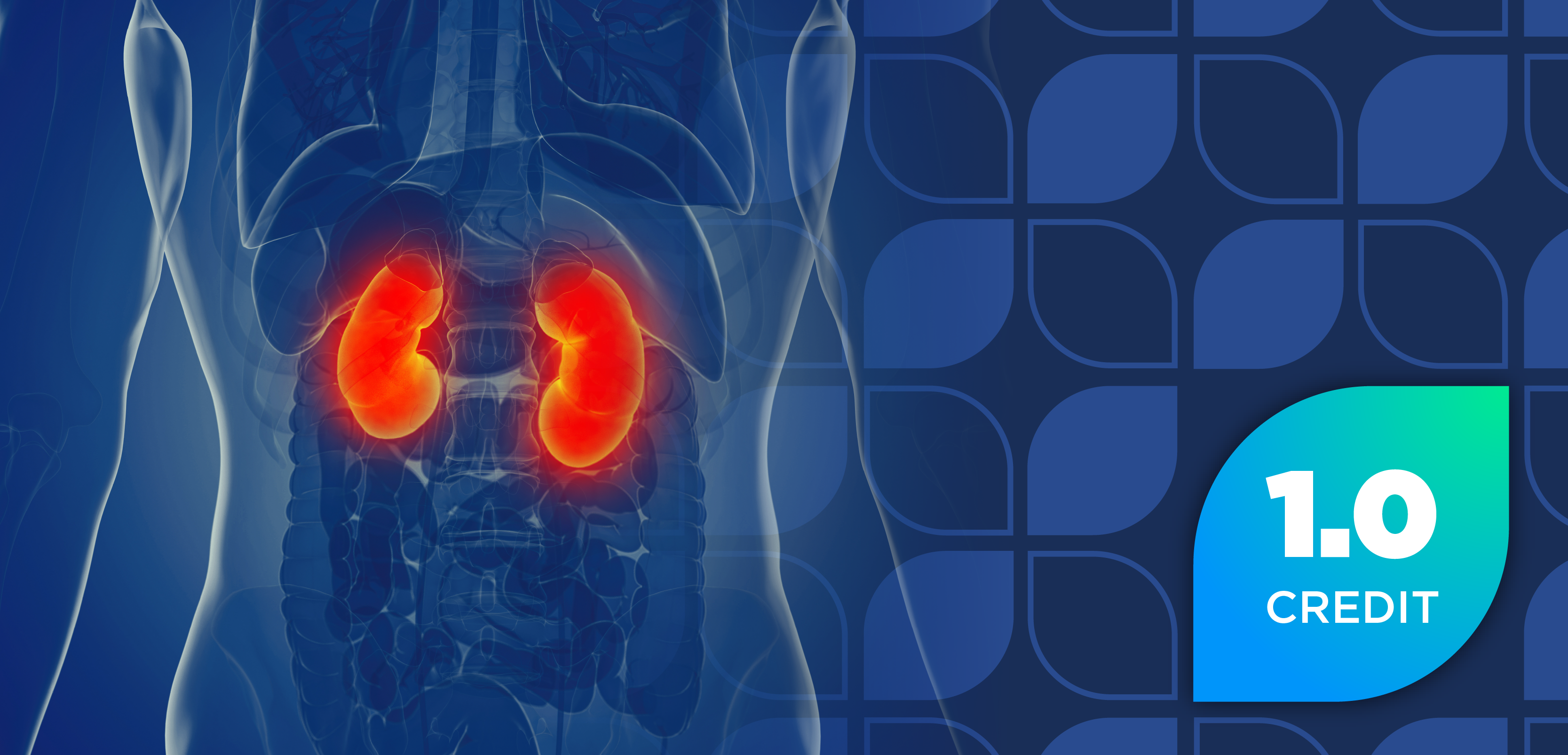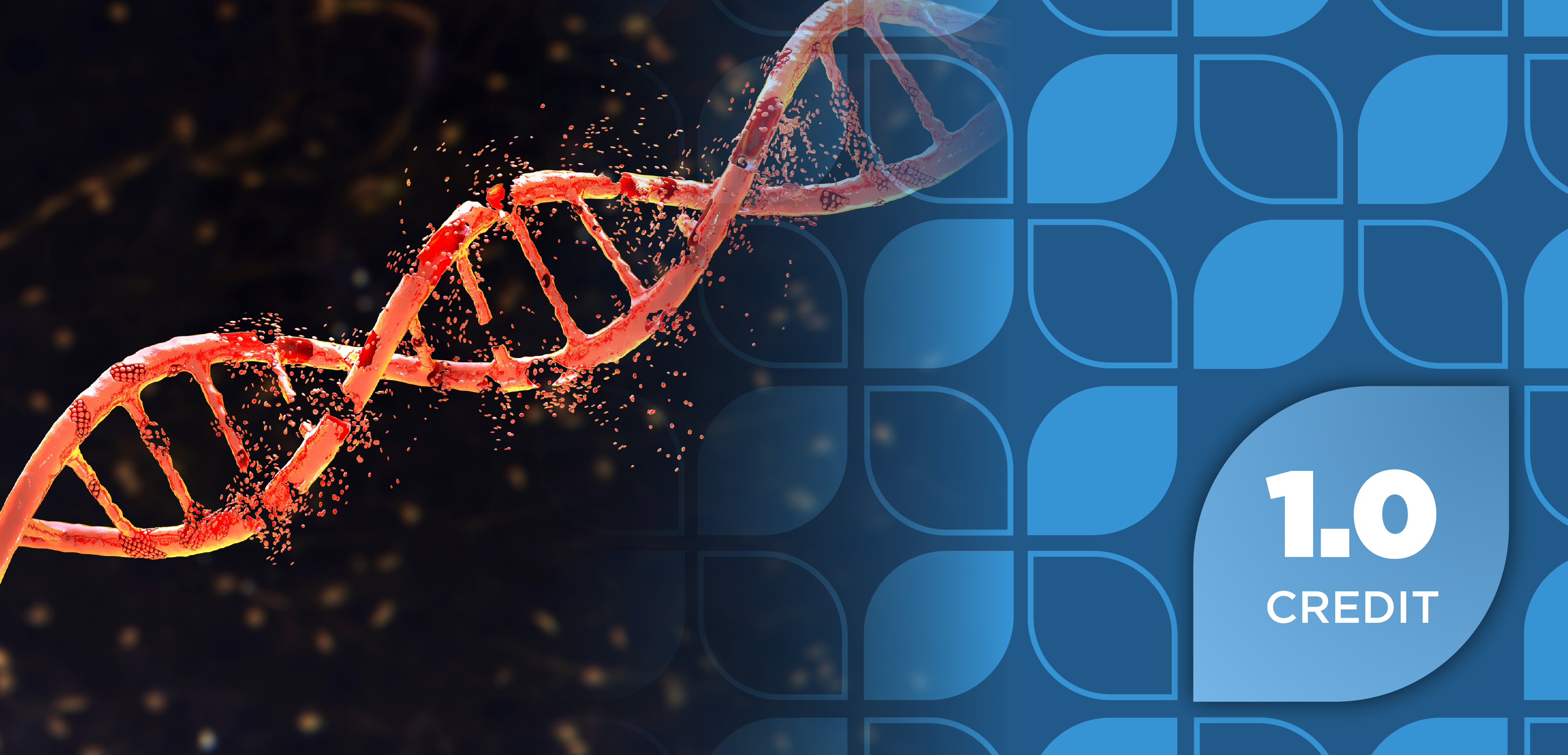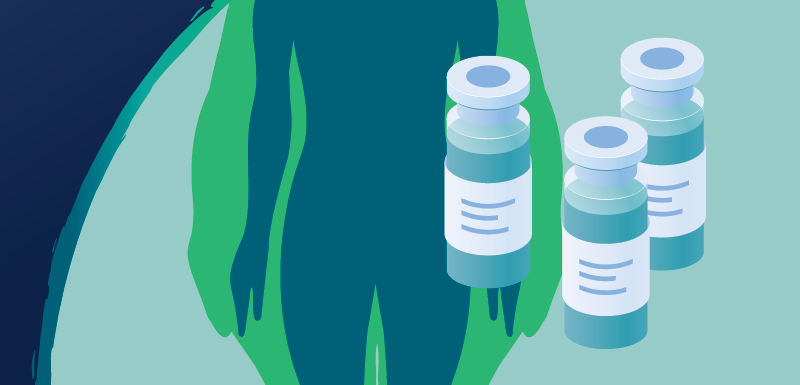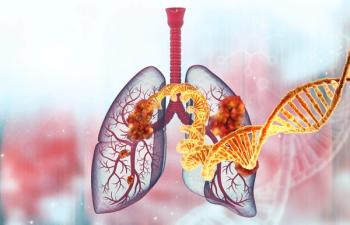
Exploring Natural Compounds: Prunus Armeniaca, Bee Venom, and Bioactives in Breast Cancer Therapy
Key Takeaways
- Natural compounds like Prunus armeniaca extract and bee venom show proapoptotic and anti-invasive effects on breast cancer cells, enhancing treatment efficacy.
- Combining natural agents with standard treatments like tamoxifen enhances apoptotic activity and cell cycle arrest, potentially overcoming therapy resistance.
Natural compounds like Prunus armeniaca and bee venom enhance breast cancer treatment, boosting efficacy and reducing adverse effects.
Breast cancer remains one of the top and deadliest cancers for women all over the world. Usual treatments like chemotherapy, hormone therapy, radiation, and surgery have undeniably helped patients live longer. Yet, these come with substantial adverse effects and, often, therapy resistance. There is, therefore, a growing push to integrate natural compounds to help boost efficacy and potentially lessen those adverse effects.
A 2025 study published in Frontiers in Oncology examined how Prunus armeniaca (PA) extract and bee venom (BV) work together against human breast cancer cells MCF-7 (ER-positive) and MDA-MB-231 (TNBC).1 The mix of PA and BV given in doses from 0 to 500 µg/mL enhanced the cell kill rate. For MCF-7 cells, the needed dose to kill half the cells (IC₅₀) was as low as 35.15 µg/mL, and for MDA-MB-231 it reached 73.80 µg/mL.1 Cell groups grew approximately 83% less, and apoptotic morphology increased from 3.2% to 65.3% at 70.3 µg/mL as shown by acridine orange/ethidium bromide (AO/EB) staining. Tests also noted an approximate 59% reduction in cell migration.¹ These findings show the proapoptotic and anti-invasive capabilities of this natural combination.
Backing these results, studies on different types of cancer show that PA and BV might change additional tumor-suppressive pathways. Notably, a test on cells from pancreatic and lung cancer found that combining PA and BV raised p53 levels and dropped BCL2, contributing to apoptosis.2
Meanwhile, live tests examining natural adjuvants alongside standard care have shown strong results. A 2024 study in Scientific Reports examined how bee venom, hesperidin (from citrus), and piperine (from black pepper) work, with or without tamoxifen (Soltamox; Mayne Pharma), in MCF-7-derived breast tumors in rats. Combinations of these natural compounds raised apoptotic markers (Bax, Caspase-3) and lowered genes against cell death and for new blood vessel growth (BCL2, VEGF). Tests on cell cycles found that both tamoxifen and hesperidin alone made the cells stop at G₀/G₁ phase, but the inclusion of bee venom and piperine shifted the stop to G₂/M phase, indicating an enhanced antiproliferative action.3
In the laboratory setting, work by Khamis et al (2018) backed these findings: hesperidin, piperine, and BV, when used together, strengthened the effects of tamoxifen on MCF-7 and T47D cells. This was shown by apoptosis induction and G₂/M phase arrest in most treatment combinations.3 These studies show that simple natural compounds like PA, BV, and piperine on their own or mixed with chemotherapy may enhance apoptotic activity, slow down cell growth, stop cell invasion, and modulate critical cell cycle dynamics.
These natural compounds offer dose-sparing potential, as enhanced efficacy could allow lower doses of conventional drugs and reduce toxicity; multitargeted action, by simultaneously affecting apoptosis, angiogenesis, metastasis, and cell-cycle progression to help overcome resistance; and accessibility, since dietary compounds like hesperidin and piperine may serve as cost-effective adjuvants. However, making this hope real for clinical use requires validation through careful safety assessment, considering effects like adverse reactions or hemolysis from BV and plant extracts—along with strategies to improve bioavailability, such as encapsulation or nano-delivery systems, and well-designed clinical trials to determine efficacy, pharmacokinetics, immune responses, and optimal dosing.
REFERENCES
Kadasah SF, Alrefaei A, Abd Al Galil FM, Alqahtani AM. Synergistic antiproliferative and pro-apoptotic effects of Prunus armeniaca and bee venom on breast cancer cells. Frontiers. July 31, 2025. Accessed August 12, 2025. https://www.frontiersin.org/journals/oncology/articles/10.3389/fonc.2025.1647710/abstract.
Khamis AA, Ali EMM, Salim EI, El-Moneim MAA. Synergistic effects of bee venom, hesperidin, and piperine with tamoxifen on apoptotic and angiogenesis biomarker molecules against xerographic MCF-7 injected rats. Sci Rep. 2024;14(1):1510. Published 2024 Jan 17. doi:10.1038/s41598-023-50729-6
Khamis AAA, Ali EMM, El-Moneim MAA, Abd-Alhaseeb MM, El-Magd MA, Salim EI. Hesperidin, piperine and bee venom synergistically potentiate the anticancer effect of tamoxifen against breast cancer cells. Biomedicine & Pharmacotherapy. 2018;105:1335-1343. doi: 10.1016/j.biopha.2018.06.105
Newsletter
Stay informed on drug updates, treatment guidelines, and pharmacy practice trends—subscribe to Pharmacy Times for weekly clinical insights.

